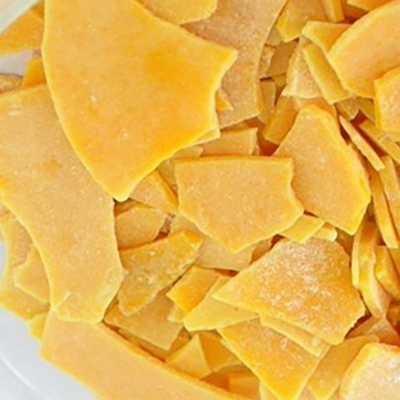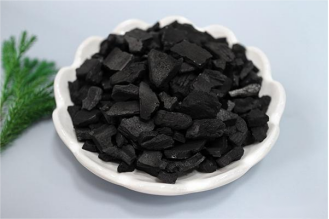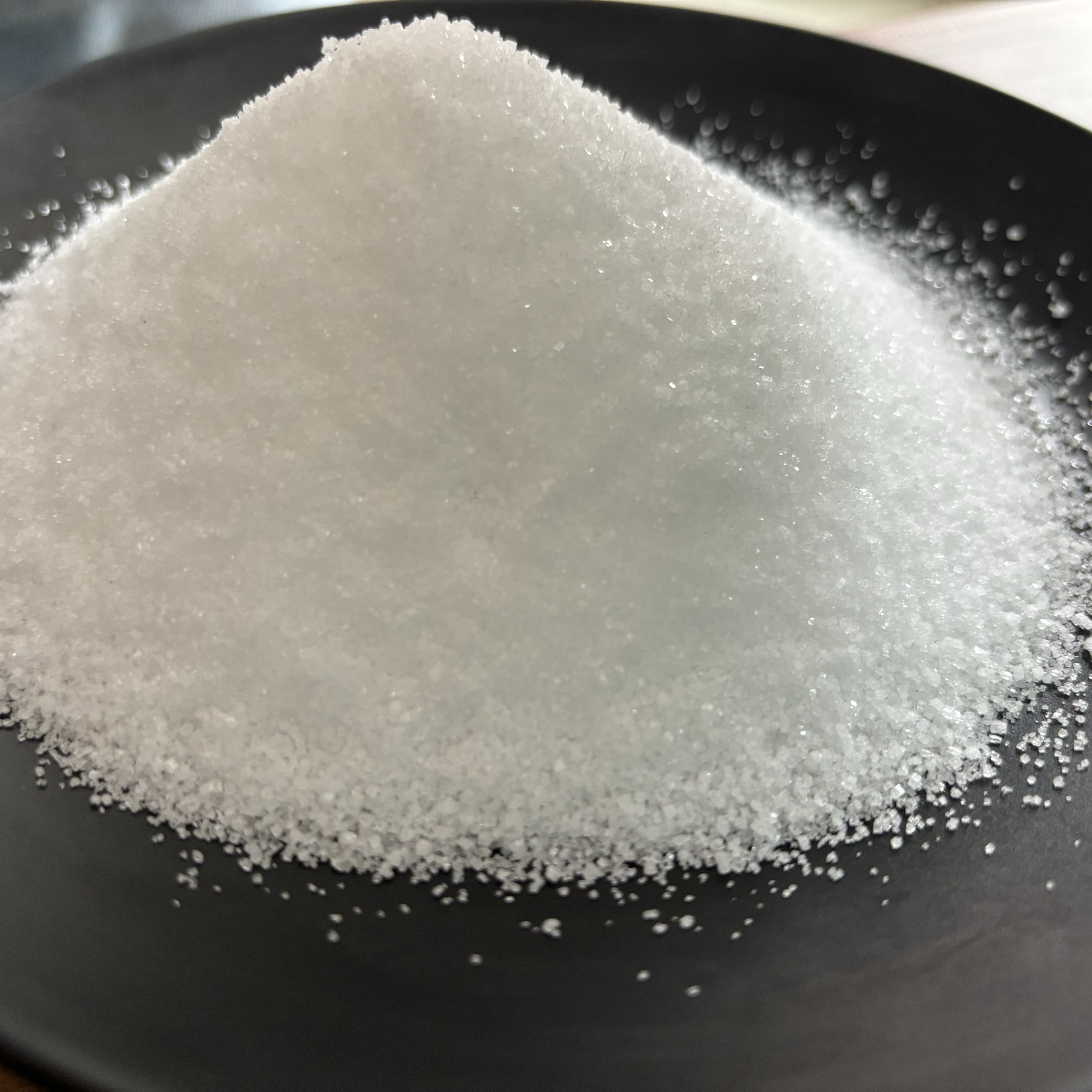
RELATED
 Sodium Hydrosulfide (NaSH)2024-06-03
Sodium Hydrosulfide (NaSH)2024-06-03 Is calcium chloride a precipitate? What are the uses of calcium chloride?2025-06-27
Is calcium chloride a precipitate? What are the uses of calcium chloride?2025-06-27 Analysis of several common hard carbon biomass precursors2025-06-19
Analysis of several common hard carbon biomass precursors2025-06-19 The Application of Thiourea in Gold Extraction from Gold Ore2025-06-13
The Application of Thiourea in Gold Extraction from Gold Ore2025-06-13 Wishing you peace and wellness on the Dragon Boat Festival.2025-05-30
Wishing you peace and wellness on the Dragon Boat Festival.2025-05-30
MESSAGE
Common oxidizing agent - copper sulfate(CuSO4)
【English name】Copper(II) Sulfate
【formula】CuSO4
【molecular weight】159.61
【CAS No.】7758-98-7
【Acronyms and aliases】Copper sulfate anhydrous
【Physical Properties】White powder, decomposed into copper oxide by heating to 560°C, d 3.6 g/cm3, can absorb water molecules into copper sulfate monohydrate or copper sulfate pentahydrate. Soluble in water and methanol, slightly soluble in ethanol, insoluble in acetone and ether.
【Preparation and commodities】 Domestic and foreign reagent companies are sold, commodities are anhydrous copper sulfate and copper sulfate pentahydrate. Anhydrous copper sulfate can be produced by heating copper sulfate pentahydrate to 275°C in a dry atmosphere and keeping it for two days.
【Caution】Copper sulfate pentahydrate can be stored in the air, but anhydrous copper sulfate should be stored in a dry atmosphere.
Copper sulfate is one of the common divalent copper salts.Cu2+ has Lewis acidity and thus can promote many acid-catalyzed reaction processes.Cu2+, as a typical transition metal ion, participates in many redox processes through a variety of valence states.Cu2+ reacts with diazotropic compounds to form carbene-like compounds, which then catalyzes a variety of carbene reactions.Cu2+ has been shown to react with diazotropic compounds to form carbene-like compounds, which then catalyzes a variety of carbene reactions.
Acetal was obtained by refluxing o-diol in acetone for 5h in the presence of copper sulfate and p-toluenesulfonic acid. This reaction can be used to protect the hydroxyl group of o-diol, reflecting the Lewis acid nature of copper sulfate.

Copper sulfate can be used in the synthesis of azide compounds. For example, benzylamine can be treated with trifluoromethanesulfonic anhydride and sodium azide under the catalytic influence of copper sulfate to exchange the amino group at the benzyl position for an azide group.

Copper sulfate can also be used in dipole cycloaddition reactions of azides with alkynes. In such reactions, the sodium salt of ascorbic acid is often added as a reducing agent to reduce divalent copper to monovalent copper.

Like other divalent copper salts, copper sulfate catalyzes the reactions of diazo compounds. For example, ethyl 2-diazopropionate in the presence of copper sulfate produces a double bond addition of carbene to styryl methyl ether to form a ternary ring structure. Due to the weak coordination of the sulfate, the copper carbene intermediate will be relatively electrophilic.

If the carbene-like intermediate is allowed to attack the O-H bond in water, α-hydroxy esters can be obtained, and the reaction is highly efficient and can be completed within 30 min. If a chiral ligand is added, enantioselective products can be generated.

Aryl diazonium salts can undergo bromination with sodium bromide in the presence of copper sulfate. One of the diazonium salts is produced in situ from the reaction of an aromatic amine with nitrous acid.

The divalent copper ions in copper sulfate are oxidizing and are commonly used in certain oxidation processes. The potassium permanganate-copper sulfate pentahydrate system is a useful oxidizing system that oxidizes thiols to disulfides, primary amines to azo compounds, primary alcohols to aldehydes, secondary alcohols to ketones, and so on. The reaction of tetrahydropyran in potassium permanganate-copper sulfate pentahydrate system for 6h at room temperature gives δ-pentolactone product.

In recent years, the potential of copper sulfate in C-N cross-coupling reactions has been gradually explored. For example, alkyne bromine can be coupled with the amino-debrominated hydrogen of p-methylbenzenesulfonamide to give alkyne amine compounds catalyzed by the copper sulfate/1,10-phenanthroline system.

Mitkin et al. also found that irradiation of N-methyl-5,5-diphenyl-5,6-dihydropyridin-2-one with light in the presence of copper sulfate using acetophenone as a sensitizer was able to rearrange the molecular skeleton to give the ternary and five-membered ring system in high yield.

Copper sulfate can also be used in certain reduction reactions. For example, when Corey et al. used hydrazine to reduce the C=C double bond in an unsaturated carboxylic acid, the addition of copper sulfate increased the rate of the reaction.

Please give us a message





